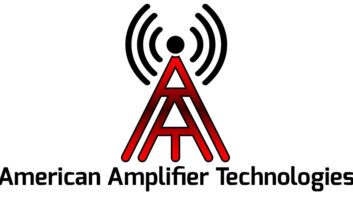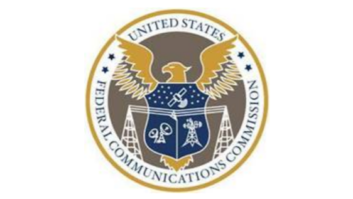This article previously appeared in TV Technology.
With all the research on nanotechnology, perhaps we shouldn’t be surprised that one of the latest technologies to involve is coaxial cables on a nano-scale. The main interest in the nano-coaxial cable is as an energy storage device due to the very high capacitance between the inner and outer conductor.
Researchers at Rice University have created a tiny coaxial cable that is about a thousand times smaller than a human hair. Study co-author Jun Lou said, “We didn’t expect to create this when we started. At the outset, we were just curious to see what would happen electrically and mechanically if we took small copper wire known as interconnects and covered them with a thin layer of carbon.”
The study found that the capacitance of the nanocable is at least 10 times greater than would be predicted with classical electrostatics. The capacitance of the new nanocable is up to 143 microfarads per centimeter-squared.
For energy storage, Lou envisioned a large scale energy storage device consisting of millions of tiny nanocables side by side in large areas.
“The nanoscale cable might also be used as a transmission line for radio frequency signals at the nanoscale,” said Lou added. “This could be useful as a fundamental building block in micro- and nano-sized electromechanical systems like lab-on-a-chip devices.”
I wonder if this technology could be applied to research going on at the Jacobs School of Engineering at the University of California in San Diego. Researchers there have created self-assembling nanocubes for the next generation of antennas and lenses. Andres Tao, a professor in the Department of Nanoengineering at the Jacobs School, said, “Our findings could have important implications in developing new optical chemical and biological sensors, where light interacts with molecules, and in optical circuitry, where light can be used to deliver information.”
Perhaps these two technologies could be combined someday — nano-antennas receiving solar energy that’s stored in an array of nanocables for power at night.







